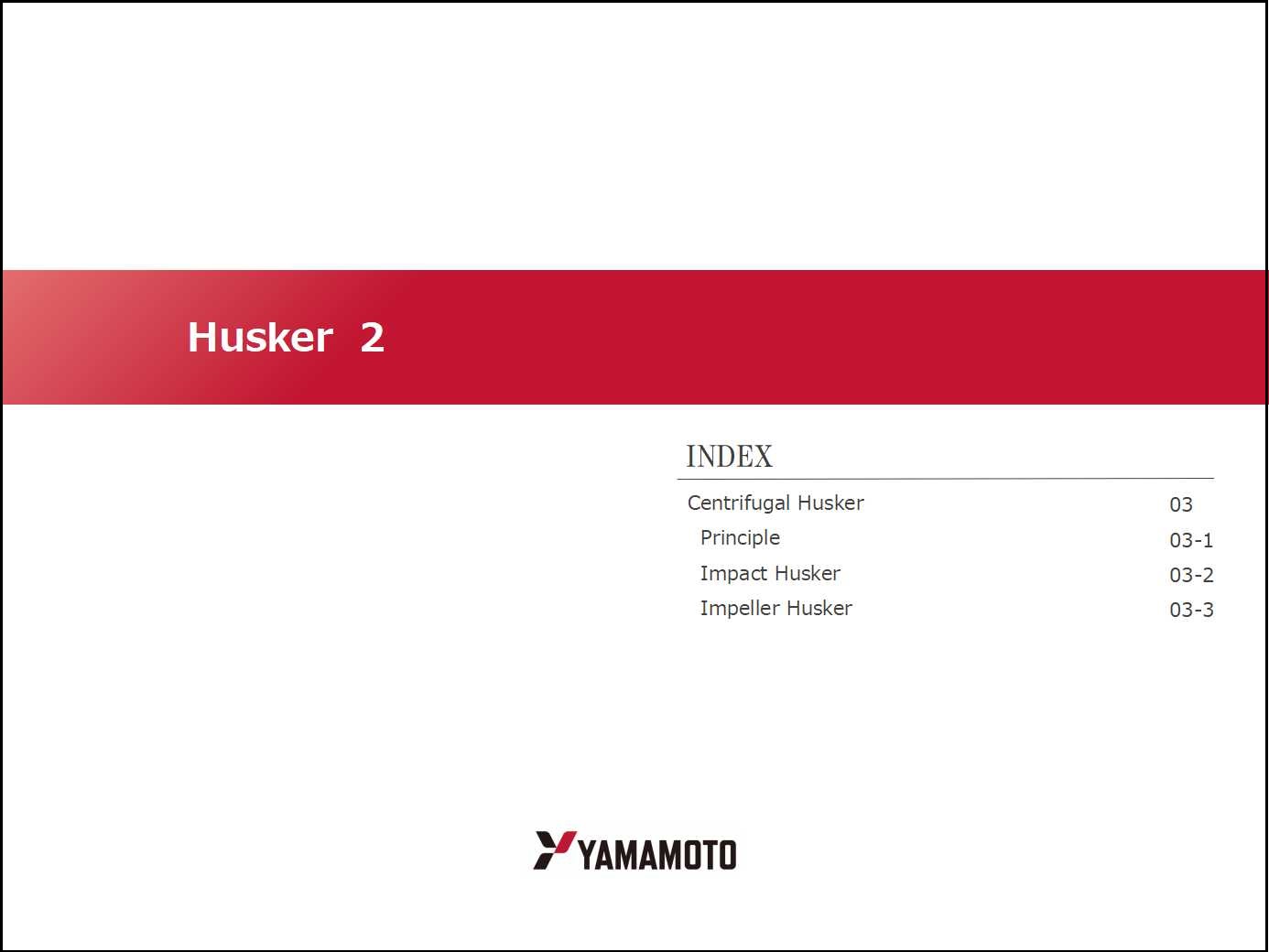39. Husker 2
- INDEX -
Centrifugal Husker
Principle
Impact Husker
Impeller Husker
Centrifugal Husker
The centrifugal husker dehulls paddy by rotating it with rotating blades, accelerating it radially by adding centrifugal force, and dehulling the rice husk with the aid of pressure such as Coriolis force, frictional force from the blades, or impact force at collision with the blades and the peripheral surface.
The centrifugal huskers are classified into impact and impeller types.
Principle
Paddy is rotated by the rotation of accelerating blades. Due to the inertial (centrifugal) force in the radial direction, the rice spins outward. Through this movement, the rice receives inertial (Coriolis) force toward the circumference from the surfaces of the blades. As a result of these forces, it receives a normal force P(N) from the surfaces of the blades. Expressing the coefficient of friction between the blade and rice as μ, the rice receives a friction force of μP (N) from the blades. As described above, when sliding over the surface of the blades and their periphery, the paddy receives shearing stress due to friction and inertial forces and is dehulled.
It also receives impact due to collision with the surfaces of the blades and their periphery and is dehulled.
In other words, the paddy receives shearing stress differently with the type of huskers, i.e., for the frictional type husker, by the force on both sides of a grain, and for the centrifugal husker, on one side and the shearing stress that comes from the force acting on the center of gravity.
